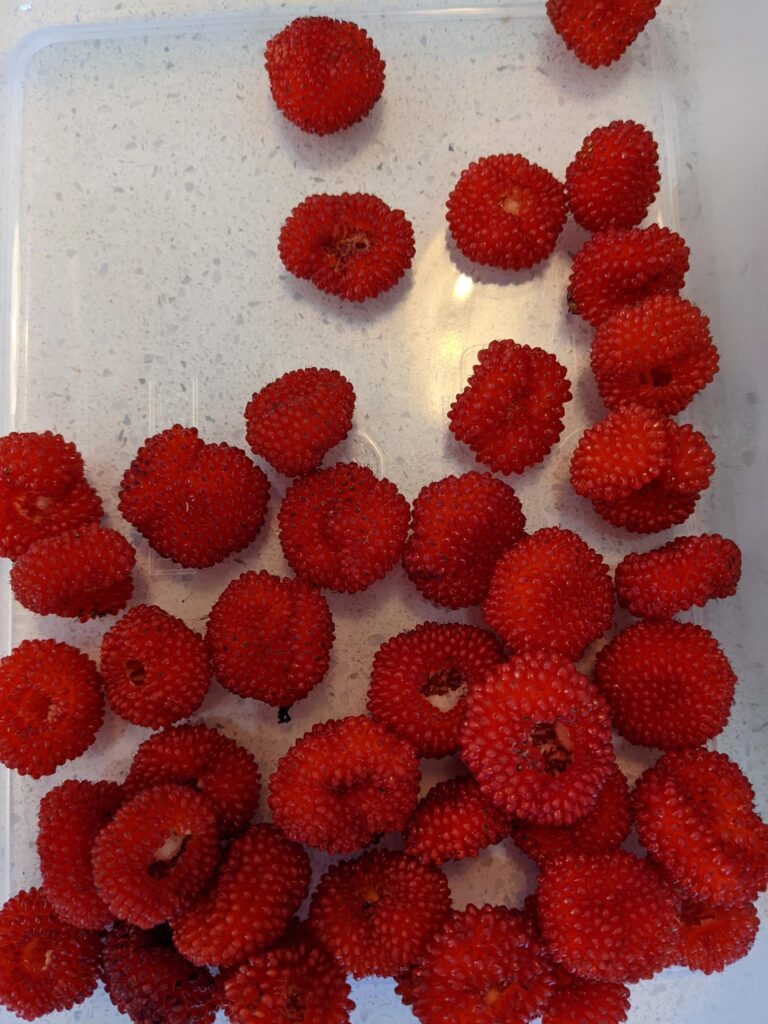The very young learn about friendships and nutrition of Australian native plants
The very young learn about friendships and nutrition of Australian native plants
To help celebrate Reconciliation Week, Uniquely Australian Foods Centre staff member Sophie Ader spoke with the young, and young at heart, at ‘My School Mount Cotton’ childcare centre. In her interactive and tasty talk, she celebrated the incredible knowledge and connection that Aboriginal and Torres Strait Islanders have with the environment, and the important friendships that abound everywhere around us to make our food.
Sophie started off talking with the large class of 3-4 year olds about what the centre does, and how lucky she is to work with so many incredible First Nations people who know so much about bush foods. She also spoke about how First Nations people know how important it is to take care of the environment, and how they know what to do to nurture all the friendships that exist between animals, plants and insects to keep all living things healthy.

Native Atherton Raspberries (Rubus Probus) in different stages of their lifecycle – from flower, to developing fruit, to nearly fully ripe fruit ready for eating
To demonstrate some of these friendships, Sophie spoke about the bees and their friendship with the native Raspberries. The bees help the raspberries by pollinating the flower, which then grows a bright red raspberry, and the raspberry helps its friends the bees by giving them some pollen and nectar. The raspberries then ask their human, bird and other animal friends (like bats and native rats and possums) to help make more raspberry plants. The raspberries are very kind in return to their friends, and offer sweet, juicy raspberries which the bees helped them to make, which humans, birds and other animals eat, and then poo the seeds somewhere else, helping more plants to grow.

Fully ripened Native Atherton Raspberries from Sophie’s home which the kids enjoyed very much
The children loved the taste of the native raspberries, which Sophie explained were full of vitamin C, and very good to keep the nasty cold germs away!

Sophie talking about how yummy and good for the kids bodies the native raspberries are
Then, the friendships between the bees and wattles were explained in the same way, with the kids trying some Wattle Seed Buns made by research partner Karen Sheldon Catering, topped with some butter and honey (also given to us by our friends the bees!). Some First Nations traditional uses for wattle seeds as foods were also explained to the children.

Wattle seed buns topped with butter and local honey were a big hit with the kids
The kids loved the buns, which Sophie explained were full of good protein and vitamins because of the wattle seed, so they would help the kids muscles to be very strong while they tackled the obstacle course and play equipment outside!
The kids were left with a little native plant friend of their own to be friends with and take care of – a native violet, who’s flowers and leaves are edible and full of vitamin C. The kids promised to take care of their little friend by finding a good place to plant it in their garden.
